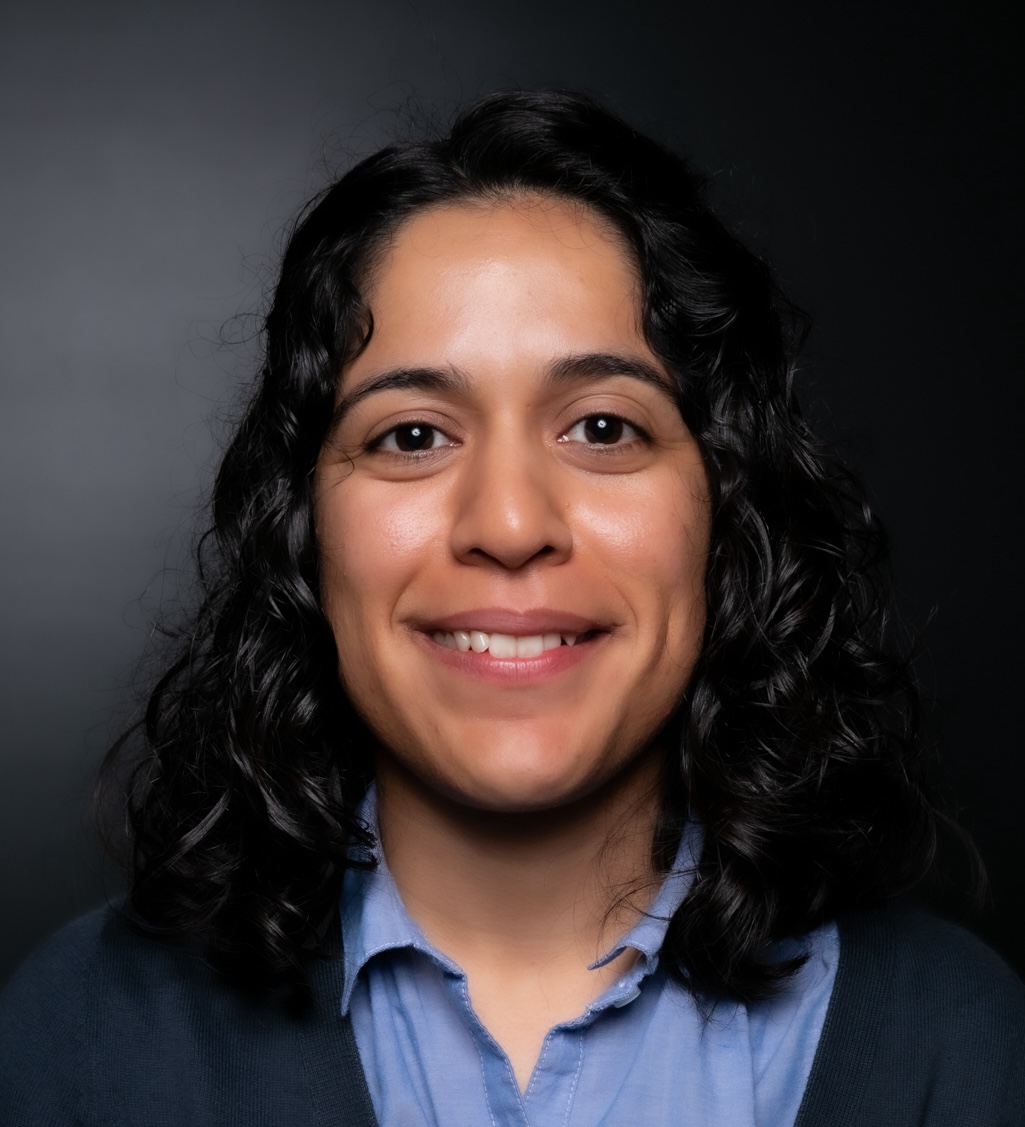Felicia Davatolhagh is a postdoctoral researcher at the University of California, Los Angeles in Anne Churchland’s lab, where she studies how cortical circuits are altered during decision-making in a genetic mouse model of autism. She also serves as a member of the neurobiology department’s Justice, Diversity and Inclusion (JEDI) group.

Felicia Davatolhagh
Postdoctoral researcher
University of California, Los Angeles
From this contributor
Women are systematically under-cited in neuroscience. New tools can change that.
An omitted citation in a high-profile paper led us to examine our own practices and to help others adopt tools that promote citation diversity.

Women are systematically under-cited in neuroscience. New tools can change that.
Explore more from The Transmitter
The Transmitter’s most-read neuroscience book excerpts of 2025
Books by Nachum Ulanovsky, Nicole Rust, and Andrew Iwaniuk and Georg Striedter made the list of some of the year's most engaging neuroscience titles.

The Transmitter’s most-read neuroscience book excerpts of 2025
Books by Nachum Ulanovsky, Nicole Rust, and Andrew Iwaniuk and Georg Striedter made the list of some of the year's most engaging neuroscience titles.
Neuroscience’s leaders, legacies and rising stars of 2025
Here are seven stories from the past year about some of the field’s most engaging figures.

Neuroscience’s leaders, legacies and rising stars of 2025
Here are seven stories from the past year about some of the field’s most engaging figures.
The Transmitter’s top news articles of 2025
Check out some of our most-read stories, covering neuroscience funding and policy changes in the United States, and methodological issues in high-profile neuroscience papers.

The Transmitter’s top news articles of 2025
Check out some of our most-read stories, covering neuroscience funding and policy changes in the United States, and methodological issues in high-profile neuroscience papers.